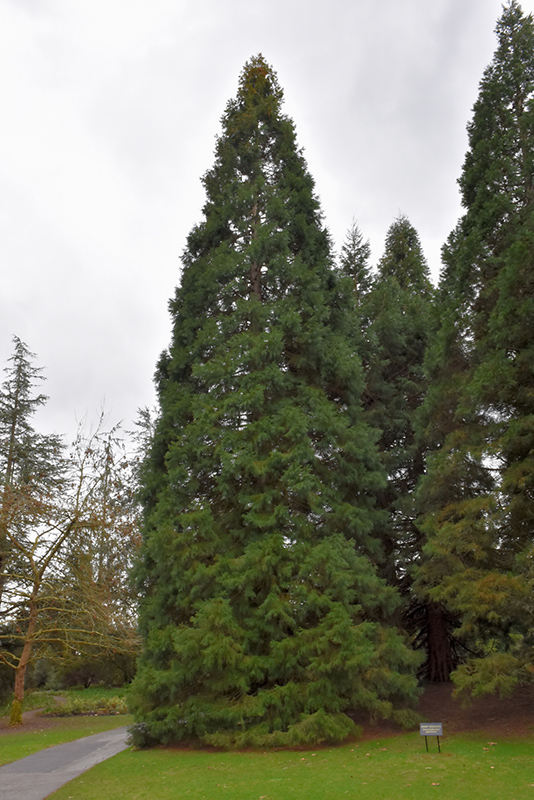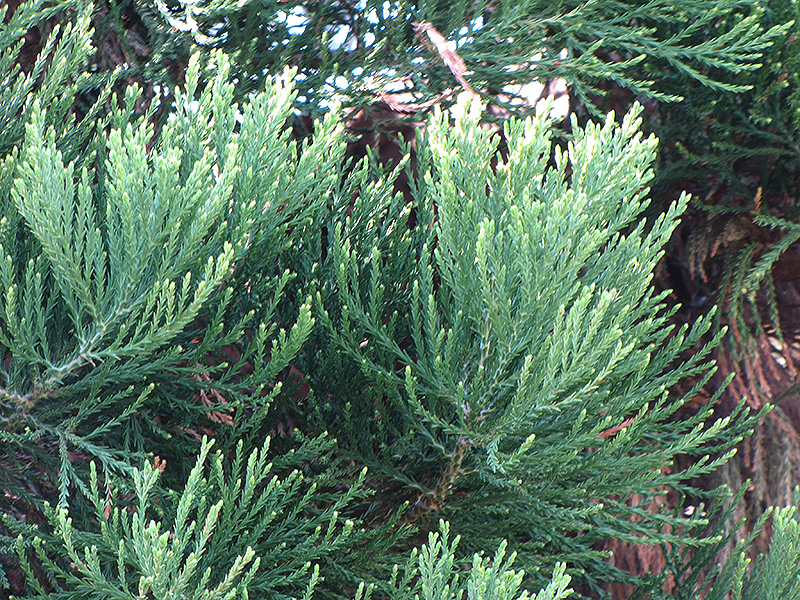Height: 50 feet
Spread: 40 feet
Sunlight:
![]()
Hardiness Zone: 5
Other Names: Bigtree, Sierra Redwood
Description:
These magestic giants can be 500 years old and over 300 feet tall in the wild; lovely red-brown, spongy bark and aromatic foliage make this a beautiful accent for the right space
Ornamental Features
Giant Sequoia is primarily valued in the landscape for its distinctively pyramidal habit of growth. It has rich green evergreen foliage. The fragrant scale-like sprays of foliage remain green throughout the winter. The furrowed brown bark adds an interesting dimension to the landscape.
Landscape Attributes
Giant Sequoia is an evergreen tree with a strong central leader and a distinctive and refined pyramidal form. Its relatively fine texture sets it apart from other landscape plants with less refined foliage.
This is a relatively low maintenance tree, and may require the occasional pruning to look its best. It has no significant negative characteristics.
Giant Sequoia is recommended for the following landscape applications;
- Accent
- Vertical Accent
Planting & Growing
Giant Sequoia will grow to be about 50 feet tall at maturity, with a spread of 40 feet. It has a high canopy with a typical clearance of 5 feet from the ground, and should not be planted underneath power lines. It grows at a slow rate, and under ideal conditions can be expected to live to a ripe old age of 200 years or more; think of this as a heritage tree for future generations!
This tree should only be grown in full sunlight. It does best in average to evenly moist conditions, but will not tolerate standing water. It may require supplemental watering during periods of drought or extended heat. It is not particular as to soil type, but has a definite preference for acidic soils. It is somewhat tolerant of urban pollution. This species is native to parts of North America.


